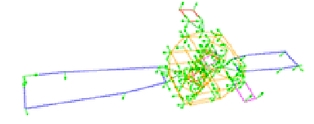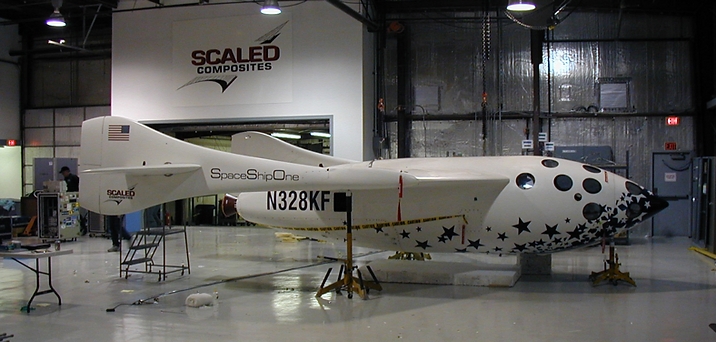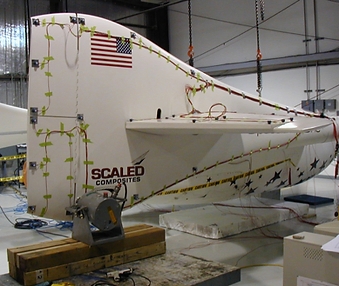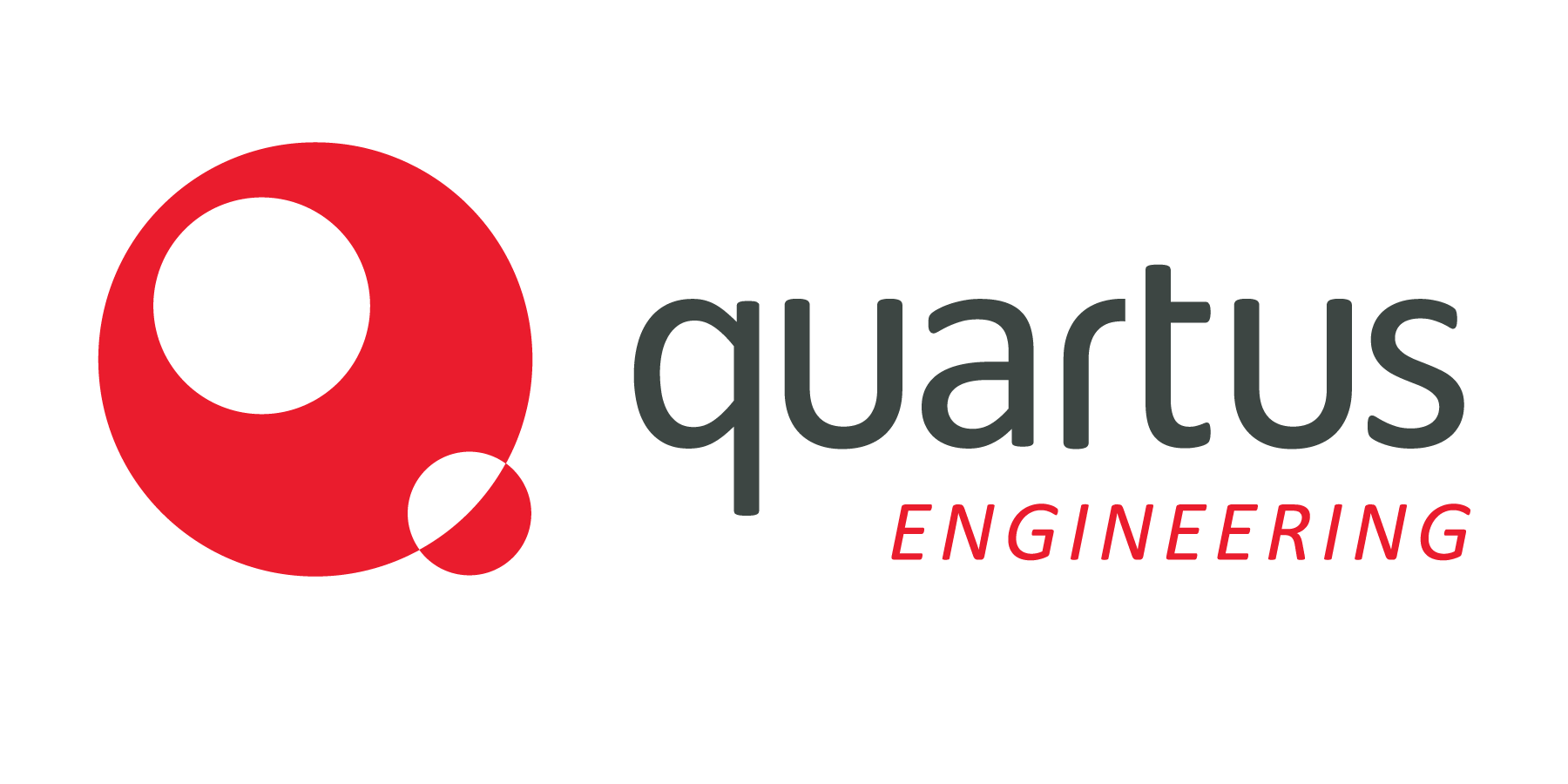Modal Survey & Ground Vibration Testing.
UNDERSTAND MODAL FREQUENCIES
Modal testing allows our customers to understand the dynamic behavior of large structures by physically testing and measuring fundamental mode shapes and frequencies. Quartus uses industry-leading software and hardware for all phases of modal survey and ground vibration testing. Our engineers perform pre-test analysis, create modal survey test plans, supply all test equipment for data acquisition, and perform data reduction for mode shape extraction, and correlate the finite element model (FEM) to the measured modal frequencies.
MAXIMIZE MODAL TESTING RESULTS
Quartus Engineering uses industry-leading LMS hardware and software to execute modal testing data acquisition activities. Quartus utilizes multiple input random (MPR), step sine, sine sweep, and hammer excitation to excite the structure’s modal frequencies of interest and generate frequency response functions (FRF). Preliminary extraction of modal results using LMS PolyMAX to calculate orthogonality and cross-orthogonality is performed in NASTRAN to verify data quality while onsite to provide our customers with immediate structural feedback. Prior to test completion, calculated modal parameters will be used to synthesize measured FRFs and generate reciprocal mode shapes and modal participation factors to validate finite element model assumptions.
PRETEST ANALYSIS DELIVERS EFFICIENT MODAL TESTING
 In order to maximize the results from your modal test, pre-test analysis in NASTRAN is performed to optimize the accuracy of the test analysis model (TAM). Results from the pretest analysis include predicted test modes, frequency response functions, optimal accelerometer locations for modal testing measurements, recommended exciter locations, TAM mass matrices, and expansion matrices to display test results at the full FEM level.
In order to maximize the results from your modal test, pre-test analysis in NASTRAN is performed to optimize the accuracy of the test analysis model (TAM). Results from the pretest analysis include predicted test modes, frequency response functions, optimal accelerometer locations for modal testing measurements, recommended exciter locations, TAM mass matrices, and expansion matrices to display test results at the full FEM level.
CORRELATE THEORY WITH MODAL TESTING REALITY
Quartus performs model correlation and updating to achieve good agreement between analysis results and modal test data. Both qualitative (mode shape appearance) and quantitative (cross-orthogonality, modal assurance criteria, etc…) techniques are used to assess correlation accuracy. NASTRAN design sensitivity methods are used to accelerate the correlation process by identifying optimal changes that minimize test-analysis errors.

EXPERIENCE ON MANY TESTS
Quartus has extensive experience in performing pre-test analysis, modal testing, and model correlation. Some of the structures our engineers have worked on include:
- WhiteKnightTwo and SpaceShipTwo

- Swift Trainer
- Orbital Patriot Target Vehicle (PTV)
- Pan-STARRS telescope
- Magdalena Ridge Telescope
- UCAS-D, X-47B
- Gulfstream G-V aircraft
- Dawn spacecraft
- Indostar payload
- Space shuttle SRB segment test
- OSC Pegasus XL – numerous configurations
- SpaceShipOne
